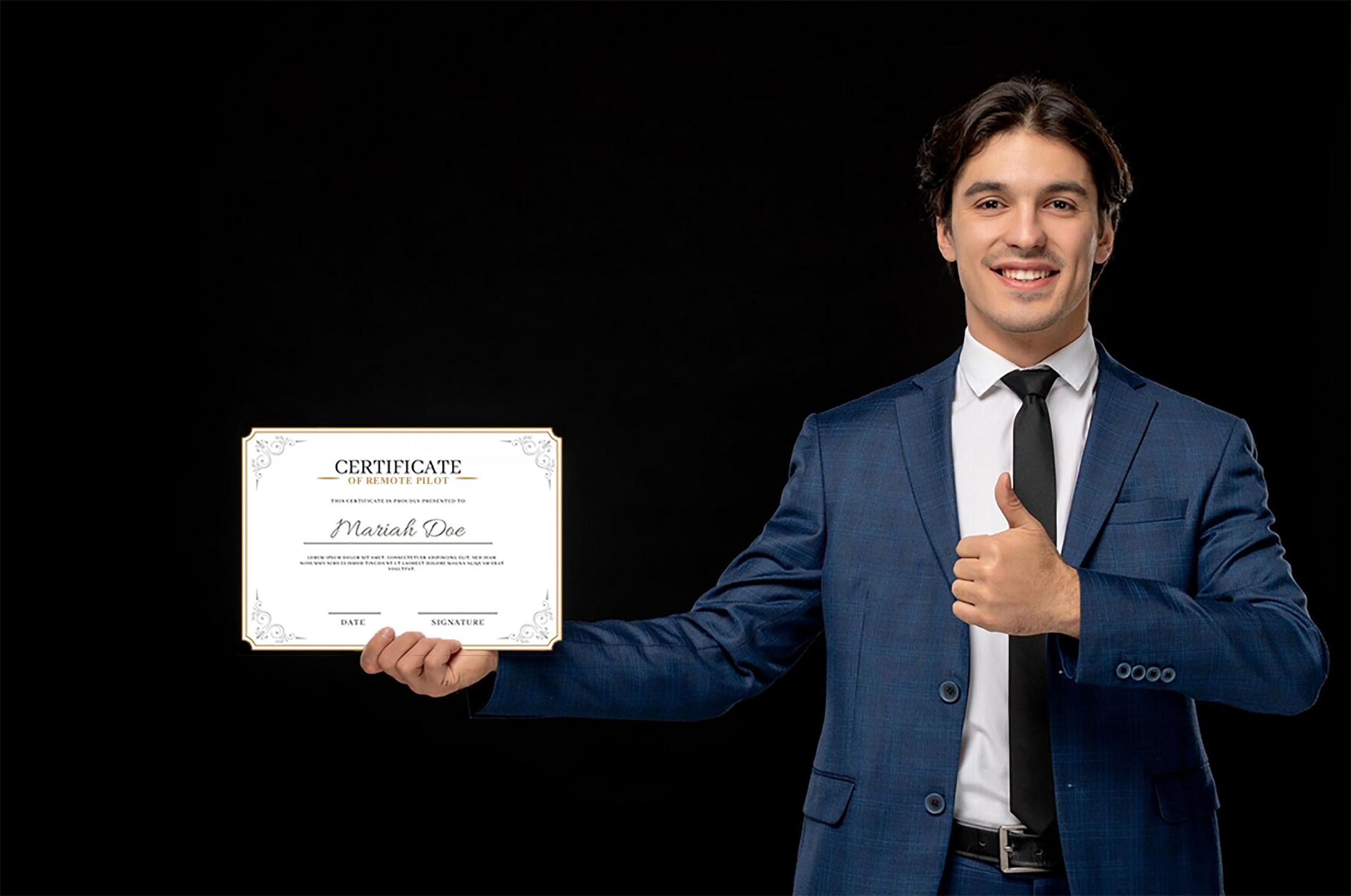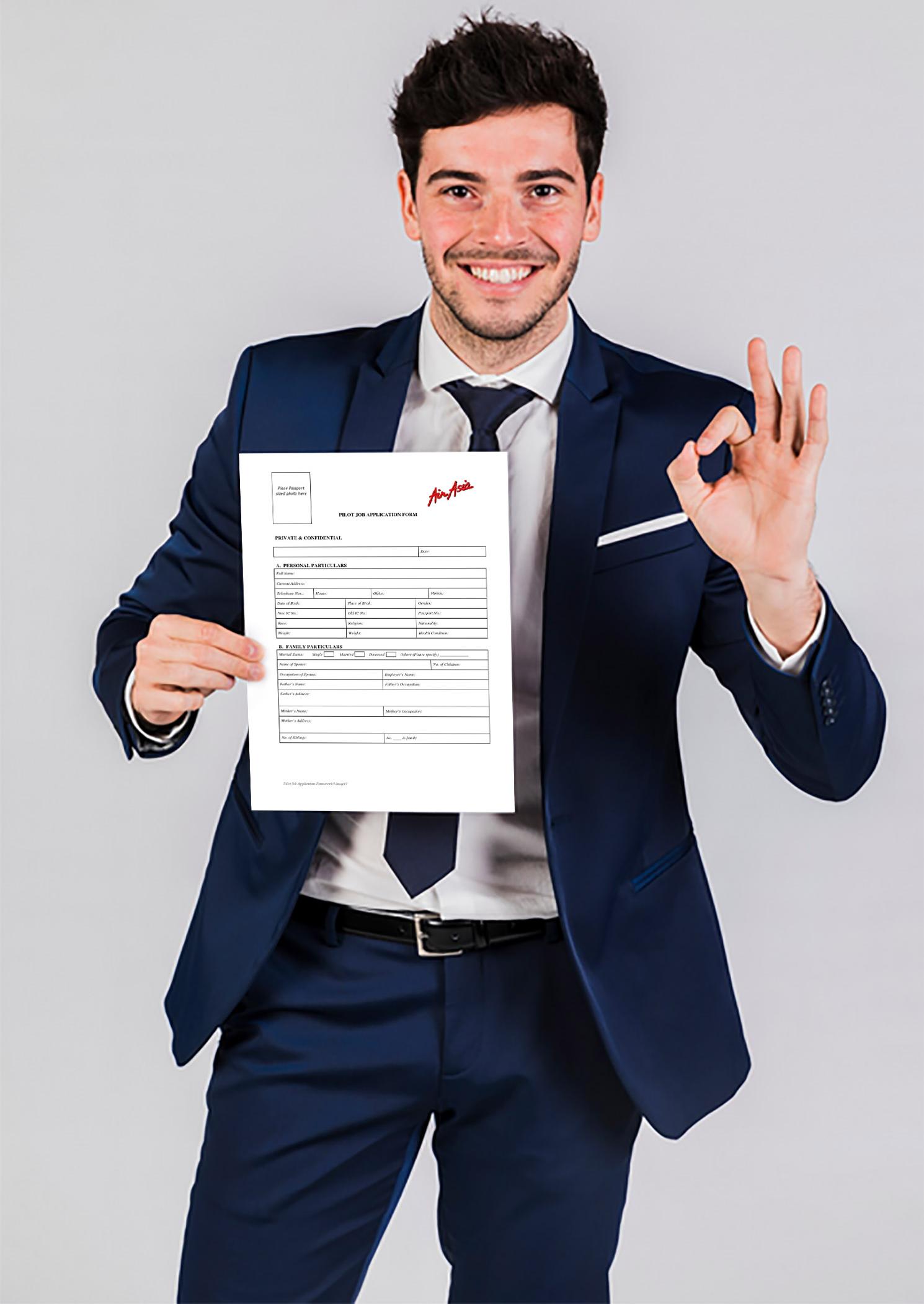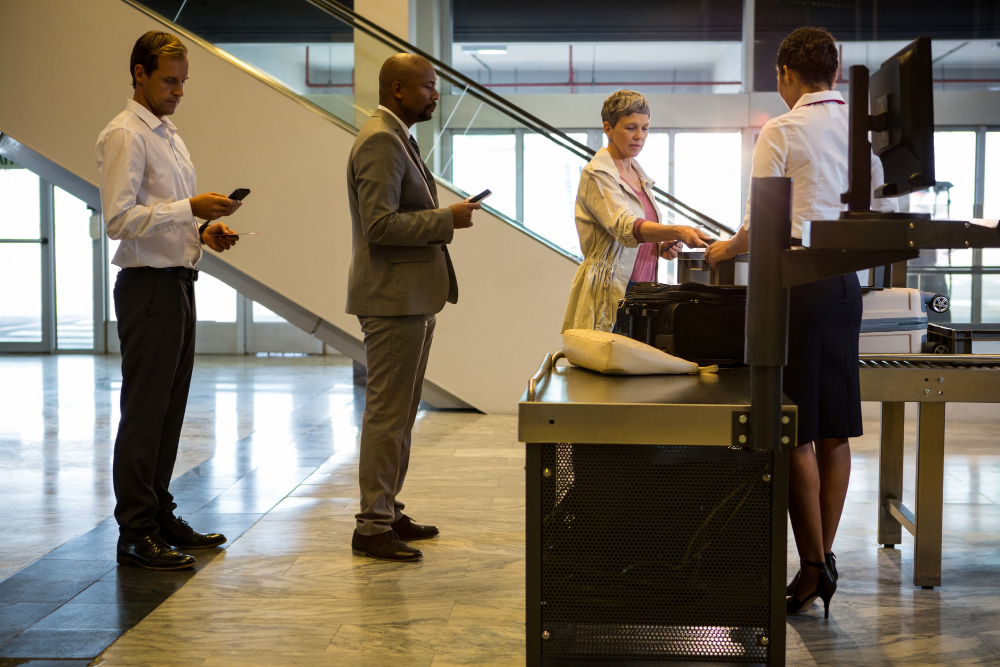How to Get Your Remote Pilot Certificate
Once you’ve passed the FAA Part 107 knowledge test, the next step is to officially apply for your Remote Pilot Certificate—your legal license to operate drones commercially in the United States. This certificate, issued by the Federal Aviation Administration (FAA), confirms that you’ve met all the requirements to fly small unmanned aircraft systems (sUAS) for business purposes.
Let’s walk through the complete process of getting your Remote Pilot Certificate step by step.

1. Pass the Part 107 Knowledge Test
Before you can apply for the certificate, you must pass the FAA’s Aeronautical Knowledge Test, commonly known as the Part 107 exam. The test includes 60 multiple-choice questions and covers topics like airspace classifications, drone operations, emergency procedures, and FAA regulations.
Once you pass, you’ll receive an Airman Knowledge Test Report (AKTR). This is the official documentation that proves you’ve passed the exam and are eligible to apply for certification.

2. Create an IACRA Account
To apply for your Remote Pilot Certificate, you’ll need to submit your application through the FAA’s Integrated Airman Certification and Rating Application (IACRA) system.
Here’s how:
- Visit https://iacra.faa.gov
- Create an account if you don’t already have one
- Make sure you have your FAA Tracking Number (FTN) ready (you received this when registering for your exam)

3. Submit the Application
Inside IACRA:
- Choose “Start New Application”
- Select “Pilot” and then “Remote Pilot – Initial”
- Fill in your personal information and upload your AKTR number from the test
- Submit the application electronically
Once your application is submitted, it will automatically be forwarded to the Transportation Security Administration (TSA) for a background check.

4. TSA Security Background Check
The TSA will conduct a security threat assessment as part of your application process. This usually takes between 1–3 weeks, but it can vary depending on your background and system workload.
You won’t need to do anything during this step unless contacted by the FAA or TSA. Once your background check is complete and cleared, your application will be approved.

5. Receive Your Temporary Certificate
If your application is approved, you’ll be able to download a temporary Remote Pilot Certificate from your IACRA account. This temporary certificate allows you to begin operating commercially right away.
Your permanent plastic certificate will be mailed to you shortly after, typically within 6–8 weeks.

6. Keep Your Certificate and Stay Compliant
Once you receive your certificate:
- Carry it with you when flying commercially
- Renew it every 24 months by passing a Part 107 recurrent training course (currently available online via FAA Safety)
Make sure to also register your drone on FAADroneZone.gov and label it with your registration number.
Earning your Remote Pilot Certificate is a major step toward turning your passion for drones into a professional opportunity. By completing the knowledge test, submitting your IACRA application, and passing the TSA background check, you’ll gain access to a growing world of commercial drone work—from real estate photography to utility inspections. Stay up-to-date on FAA rules, fly responsibly, and take pride in being a certified drone pilot.


